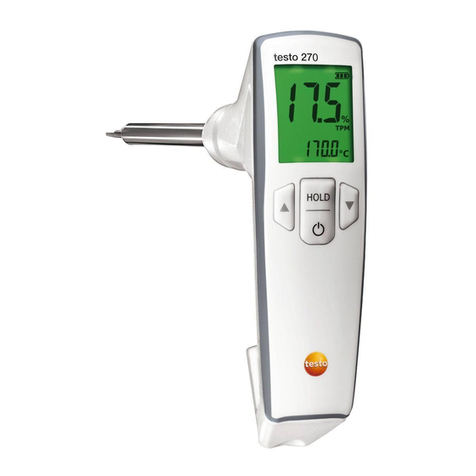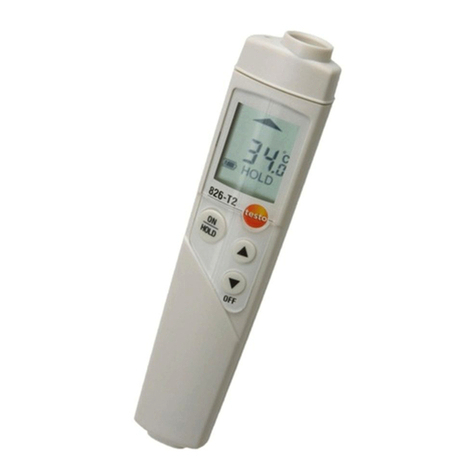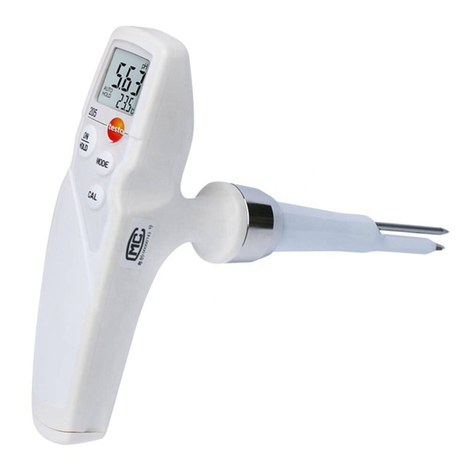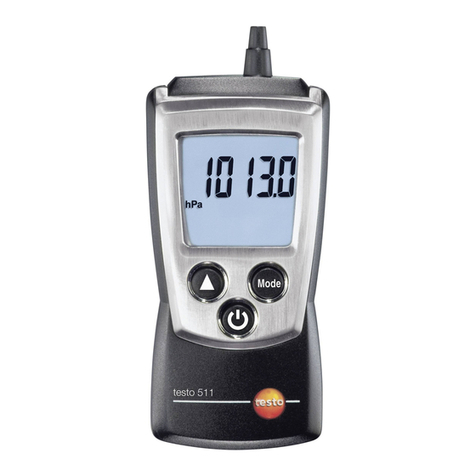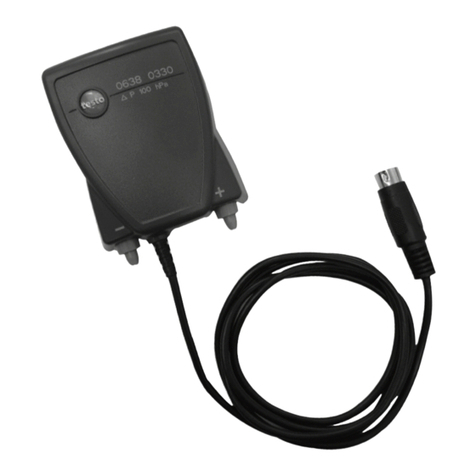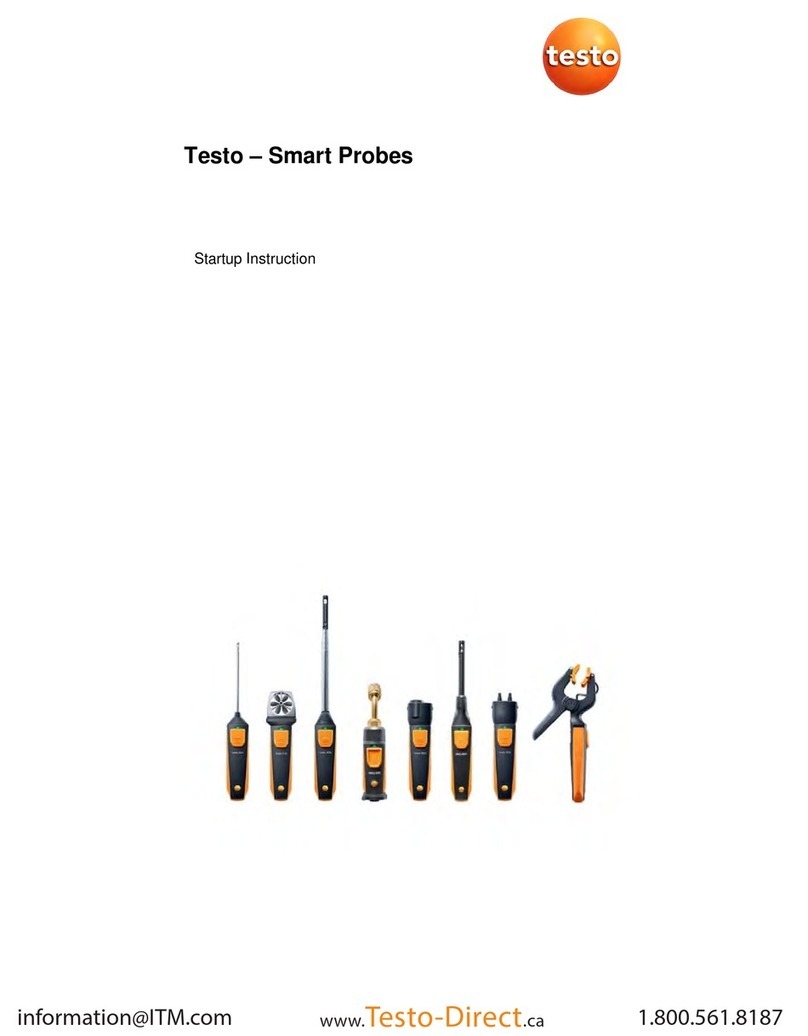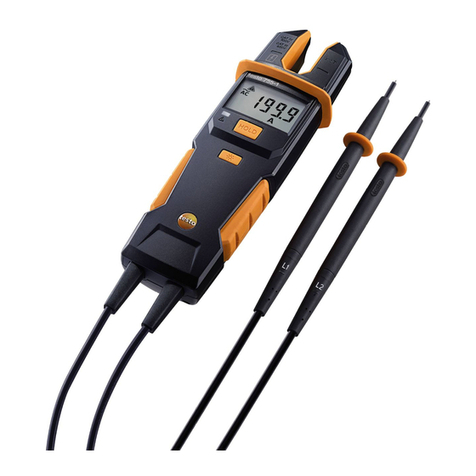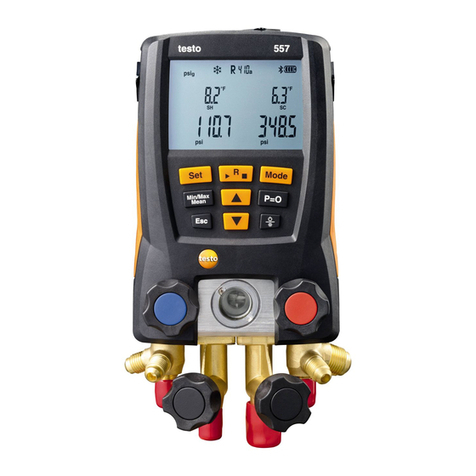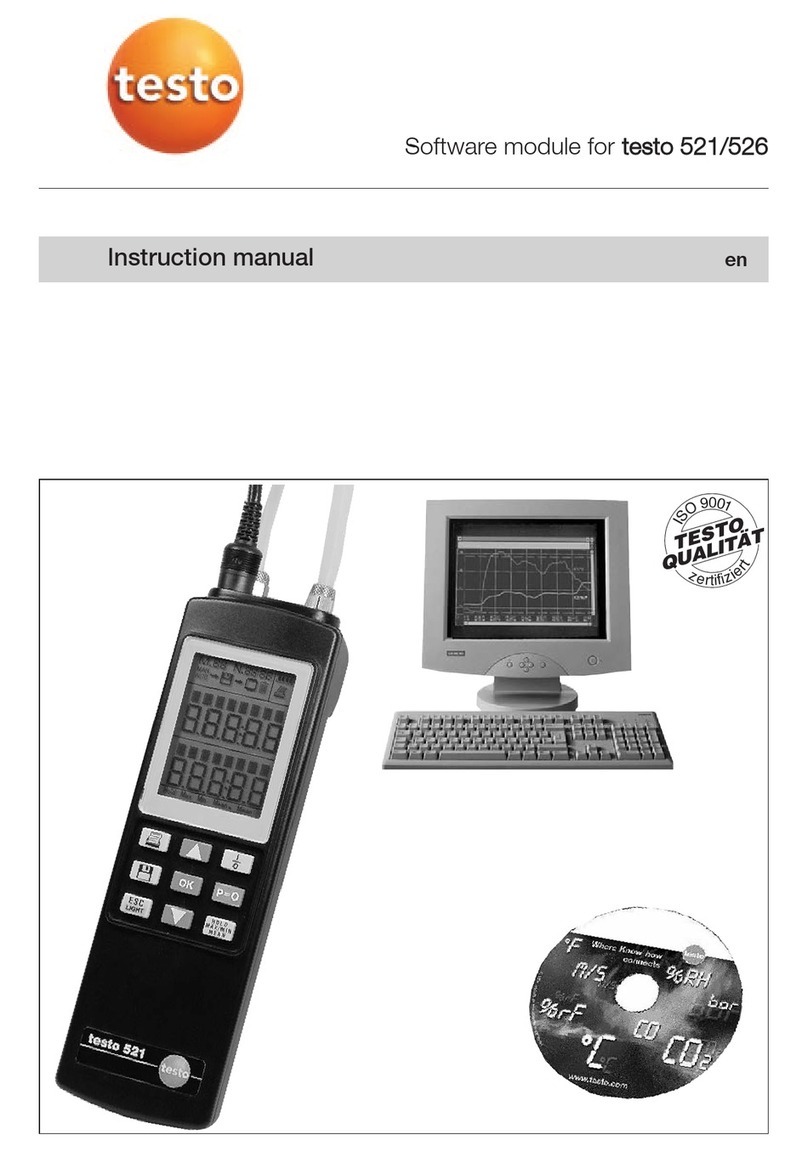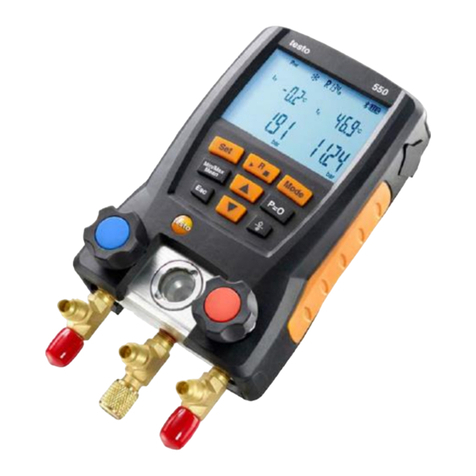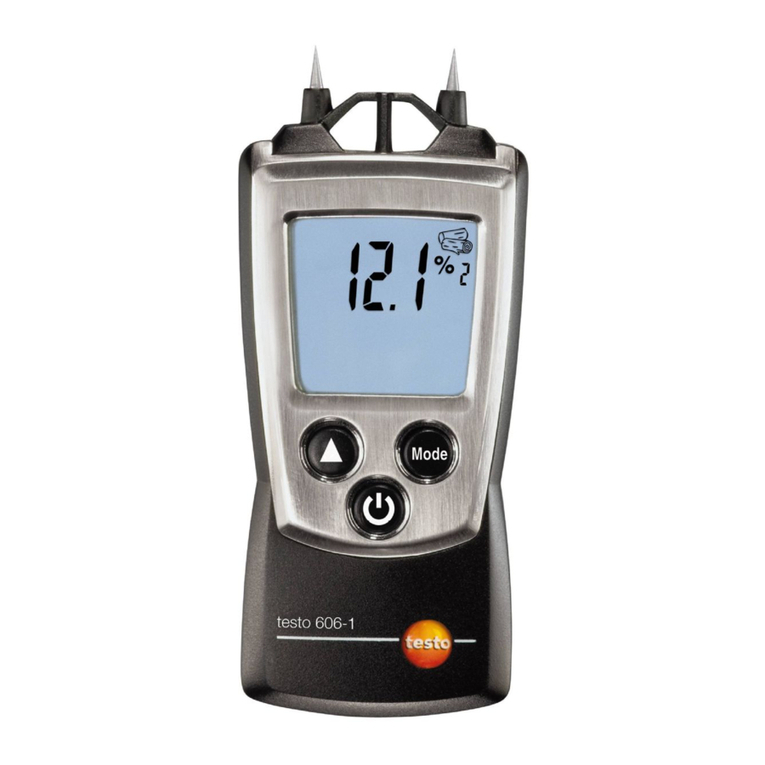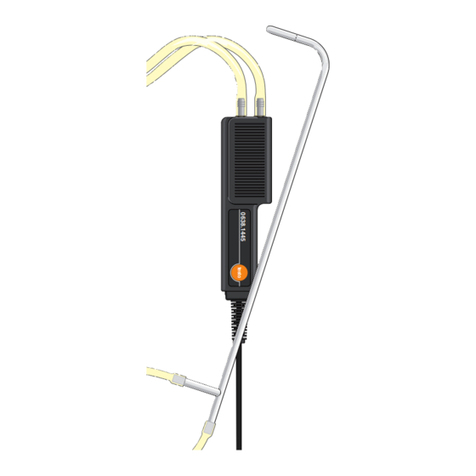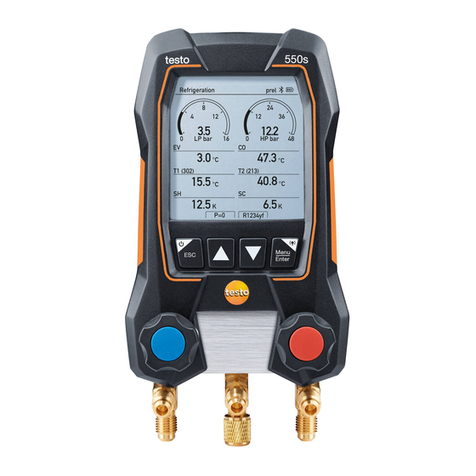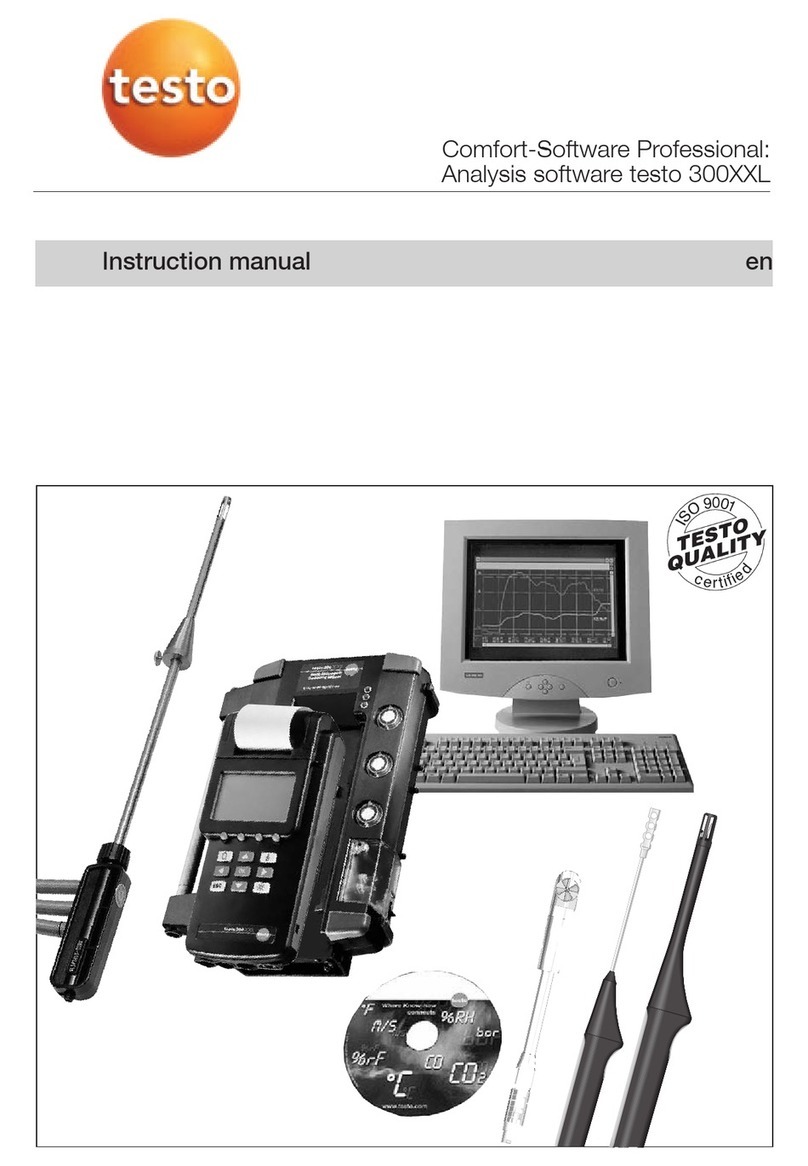1 Contents
4
1Contents
1Contents .................................................................................................. 4
2Safety and the environment ................................................................... 5
2.1. About this document ....................................................................... 5
2.2. Ensure safety .................................................................................. 6
2.3. Protecting the environment ............................................................. 6
3Specifications.......................................................................................... 7
3.1. Use ................................................................................................. 7
3.2. Technical data................................................................................. 8
4Product description ................................................................................ 9
4.1. Overview......................................................................................... 9
4.2. Basic properties ............................................................................ 11
5First steps.............................................................................................. 12
5.1. Commissioning ............................................................................. 12
5.2. Getting to know the product .......................................................... 13
5.2.1. Switching the instrument on/off...................................................................... 13
5.2.2. Alarm LED ..................................................................................................... 14
5.2.3. Battery capacity ............................................................................................. 14
5.2.4. Hold function.................................................................................................. 14
5.2.5. Auto Hold function ......................................................................................... 15
5.2.6. Auto off function............................................................................................. 15
5.2.7. Setting the TPM limit values .......................................................................... 15
5.2.8. Locking/unlocking the TPM limit values ......................................................... 16
5.2.9. Configuring the instrument............................................................................. 16
5.2.10. Locking/unlocking the configurations ............................................................. 18
6Using the product ................................................................................. 19
6.1. General measuring notes.............................................................. 19
6.2. Performing measurements............................................................ 20
6.3. Function test ................................................................................. 22
7Maintaining the product ....................................................................... 23
7.1. Changing the batteries.................................................................. 23
7.2. Cleaning the sensor ...................................................................... 23
7.3. Cleaning the housing/TopSafe/wrist strap .................................... 24
7.4. Calibrating/adjusting the instrument.............................................. 25
8Tips and assistance .............................................................................. 28
8.1. Questions and answers ................................................................ 28
8.2. Accessories and spare parts......................................................... 29












